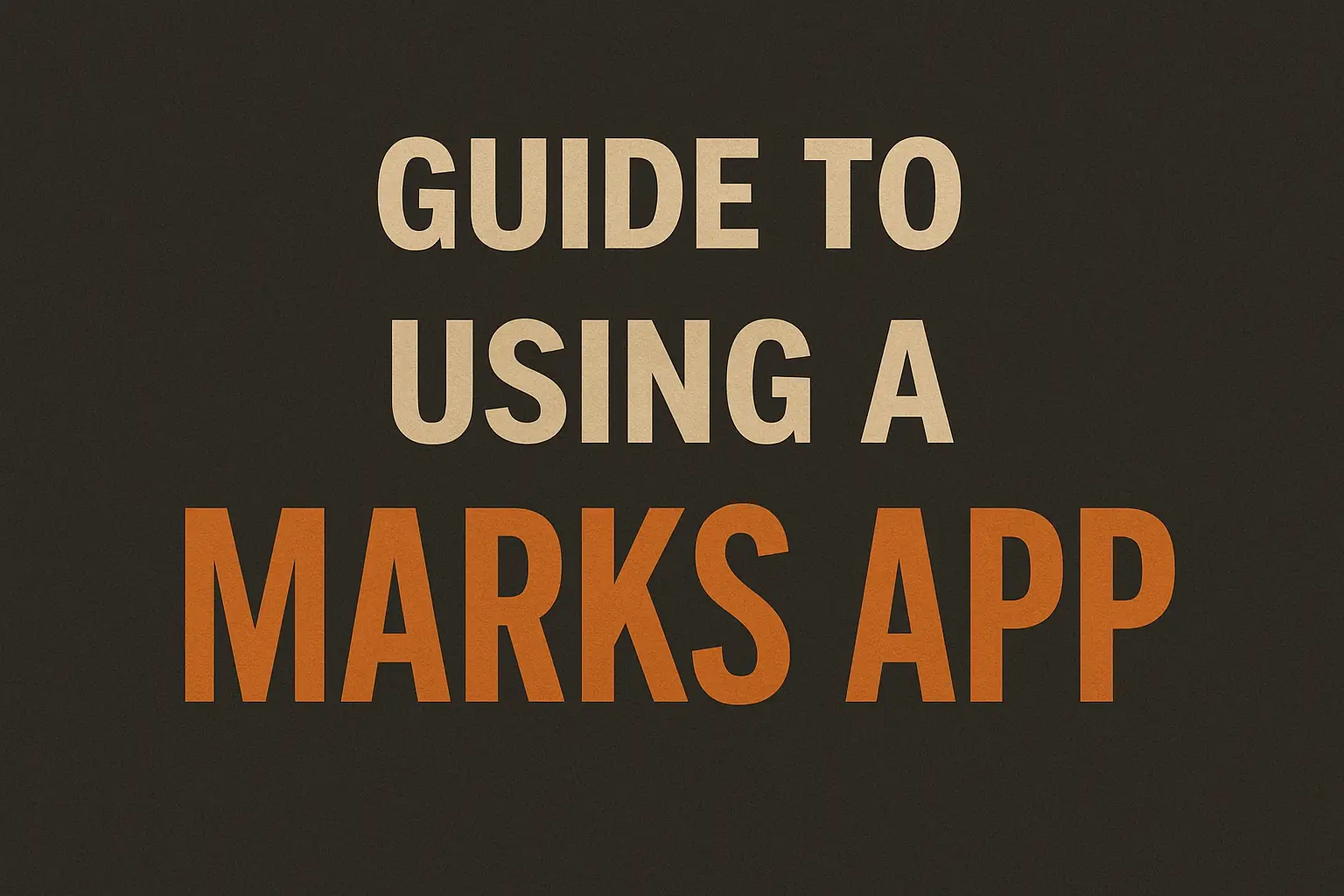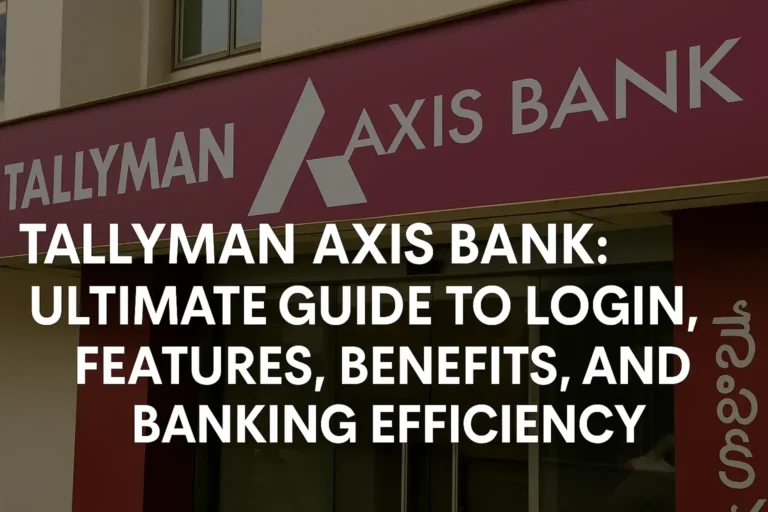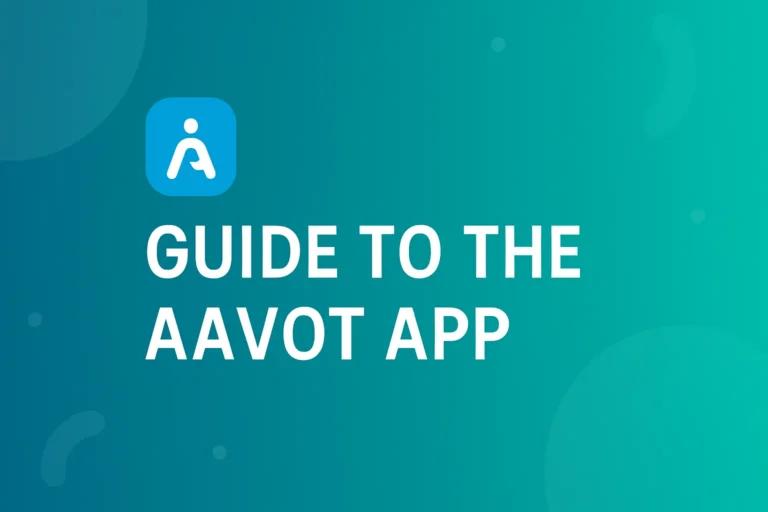
Struggling to keep track of your grades? You’re not alone. Between assignments, exams, and extracurriculars, it’s easy to lose sight of your academic progress. Missing a deadline or miscalculating your average can tank your GPA before you know it. It’s stressful, overwhelming, and let’s be real—nobody wants to dig through a pile of papers to figure out where they stand.
Enter the marks app, a game-changer for students who want to stay organized and ace their classes. In this guide, we’ll walk you through what a marks app is, how it works, and why it’s a must-have for students worldwide. You’ll learn how to pick the best one, use it effectively, and even avoid common pitfalls. Ready to take control of your grades? Let’s dive in!
What Is a Marks App?
A marks app is a digital tool designed to help students track their academic performance. Think of it as your personal grade manager. It lets you input scores from assignments, quizzes, and exams, then calculates your overall grade in real-time. Some apps even send reminders for upcoming deadlines or predict what you need to score to hit your target GPA.
Why does this matter? Imagine you’re juggling five classes. One professor uses percentages, another uses letter grades, and a third uses points. A marks app simplifies this chaos by standardizing everything into one easy-to-read dashboard. It’s like having a personal assistant who’s obsessed with your grades.
Read more: Wheon Subway Surfers for PC
Key Features of a Marks App
Not all marks apps are created equal. Here’s what to look for:
- Grade Tracking: Enter scores and see your average instantly.
- GPA Calculator: Converts your grades into a GPA based on your school’s scale.
- Assignment Reminders: Get alerts for due dates.
- Progress Reports: Visualize your performance with charts or graphs.
- Cloud Sync: Access your data across devices.
- Customizable Categories: Add weights for assignments, exams, or participation.
For example, apps like GradePoint or MyStudyLife let you customize grading scales to match your school’s system, while others, like PowerSchool, integrate directly with your institution’s portal.
Why Use a Marks App? The Benefits Explained
Let’s say you’re halfway through the semester, and you bomb a quiz. Panic sets in—will this ruin your grade? A marks app takes the guesswork out of the equation. Here’s why students worldwide are hooked:
Stay Organized Without the Stress
Manually calculating grades is a hassle. A marks app does the math for you, so you can focus on studying instead of crunching numbers. For instance, I once had a friend who miscalculated her final grade by forgetting to factor in a weighted midterm. She thought she was passing—spoiler: she wasn’t. A marks app would’ve caught that mistake in seconds.
Catch Problems Early
A good marks app shows you trends. If your grades are slipping in one subject, you’ll spot it before it’s too late. Apps like GradeCalc even let you run “what-if” scenarios. Want to know what happens if you score 85% on your next test? Plug it in and find out.
Save Time and Boost Confidence
No more flipping through notebooks or emailing teachers for updates. Everything’s in one place. Plus, seeing your progress visually—like a graph showing your grades improving—can give you a confidence boost. It’s like leveling up in a video game, but for school.
Read more: The Ultimate Guide to Using the TeckJB Com App
Read more: –The Ultimate Guide to the Aavot App
How to Choose the Best Marks App for You?
With dozens of marks apps out there, picking the right one can feel overwhelming. Here’s a step-by-step guide to find the perfect fit for your needs, whether you’re a high school beginner or a college expert.
Step 1: Know Your Needs
Are you a visual learner who loves charts? Or do you just need a simple app to track homework? For beginners, apps like MyStudyLife are user-friendly and free. Intermediate users might prefer GradePoint for its advanced GPA calculations. Experts handling complex grading systems might lean toward PowerSchool or Canvas Student.
Step 2: Check Compatibility
Does your school use a specific platform like Blackboard or Google Classroom? Some marks apps integrate directly with these systems, pulling your grades automatically. For example, PowerSchool syncs with many school databases, saving you from manual entry.
Step 3: Look for Free vs. Paid Options
Many marks apps are free, but premium features like cloud sync or detailed analytics might cost a few bucks. If you’re on a budget, GradeCalc offers robust free features. For a small fee, apps like iStudiez Pro unlock extras like calendar integration.
Step 4: Read Reviews
Check app stores or student forums for feedback. A highly rated app with thousands of downloads is usually a safe bet. For instance, MyStudyLife has a 4.7-star rating on Google Play, with users praising its clean interface.
| App Name | Best For | Free/Paid | Key Feature |
|---|---|---|---|
| MyStudyLife | Beginners | Free | Assignment reminders |
| GradePoint | Intermediate users | Free/Premium | Advanced GPA calculator |
| PowerSchool | School integration | Free | Syncs with school portals |
| iStudiez Pro | Experts | Paid | Calendar and task management |
How to Use a Marks App Like a Pro
Downloading a marks app is just the start. To get the most out of it, follow these tips. Let’s walk through a real-life example: Sarah, a college freshman, uses GradePoint to stay on top of her grades.
Tip 1: Set It Up Properly
When Sarah first downloaded GradePoint, she entered her courses and grading scales (e.g., 40% exams, 30% assignments). This took 10 minutes but saved her hours later. Most apps have a setup wizard—use it to input your syllabus details accurately.
Tip 2: Update Regularly
Sarah adds her scores right after getting them. This keeps her grade average current and helps her spot weak areas. Pro tip: Set a weekly reminder to update your app, so nothing slips through the cracks.
Tip 3: Use Notifications
Sarah enabled push notifications for assignment deadlines. One time, she nearly forgot a major project worth 20% of her grade. The app’s alert saved her. Turn on notifications for due dates and low-grade warnings if your app offers them.
Tip 4: Experiment with “What-If” Scenarios
Before her final exam, Sarah used GradePoint’s “what-if” tool to calculate the score she needed to get a B. This helped her focus her study time. Many apps let you test hypothetical scores—use this to plan strategically.
Tip 5: Back Up Your Data
Sarah syncs her app to the cloud, so she doesn’t lose her data if her phone crashes. Apps like iStudiez Pro offer cloud backups, which are a lifesaver during finals week.
Common Mistakes to Avoid with a Marks App
Even the best tools can trip you up if you’re not careful. Here are pitfalls to dodge:
- Forgetting to Update: An outdated app is useless. Set a habit to log scores weekly.
- Ignoring Weighting: If your exam is worth 50% of your grade, make sure the app reflects that. Misconfigured weights lead to wrong calculations.
- Over-relying on the App: A marks app isn’t a substitute for studying or talking to your teacher. Use it as a tool, not a crutch.
- Choosing a Clunky App: If the interface is confusing, you’ll stop using it. Pick something intuitive, like MyStudyLife, with a clean design.
Real-Life Success Story: How a Marks App Saved My Semester
Last year, I was drowning in assignments for my biology class. I kept forgetting deadlines, and my grades were all over the place. Then I started using GradeCalc. I inputted every quiz, lab, and exam score. The app’s progress graph showed me I was slipping in labs, so I doubled down on those. By the end of the semester, I pulled my grade from a C to a B+. The app didn’t do the work for me, but it gave me clarity to focus my efforts. That’s the power of a good marks app.
People Also Ask: FAQs About Marks Apps
What’s the best marks app for high school students?
For high schoolers, MyStudyLife is great because it’s free, simple, and has a calendar for tracking assignments. It’s perfect for beginners who need a no-fuss solution.
Are marks apps safe to use?
Most reputable apps, like PowerSchool or GradePoint, use encryption to protect your data. Always check the app’s privacy policy and avoid sharing sensitive info like your student ID.
Can a marks app calculate my GPA?
Yes! Apps like GradePoint and iStudiez Pro have built-in GPA calculators. Just input your school’s grading scale, and the app does the rest.
Do marks apps work for college students?
Absolutely. College students benefit from apps like PowerSchool, which syncs with university portals, or GradeCalc, which handles complex weighted grades.
Are there free marks apps?
Yes, apps like MyStudyLife and GradeCalc offer free versions with solid features. Paid apps like iStudiez Pro add extras but aren’t always necessary.
Conclusion: Take Control of Your Grades Today
A marks app is like a GPS for your academic journey. It keeps you on track, helps you avoid detours, and gets you to your destination—a better GPA. Whether you’re a high school freshman or a college senior, these apps save time, reduce stress, and give you clarity. Start with a free app like MyStudyLife or GradeCalc, set it up properly, and make it part of your routine. You’ll wonder how you ever survived without it.
Got a favorite marks app or a tip to share? Drop it in the comments below! And if you’re looking to level up your study game, check out our guide on time management for students. Happy studying!





